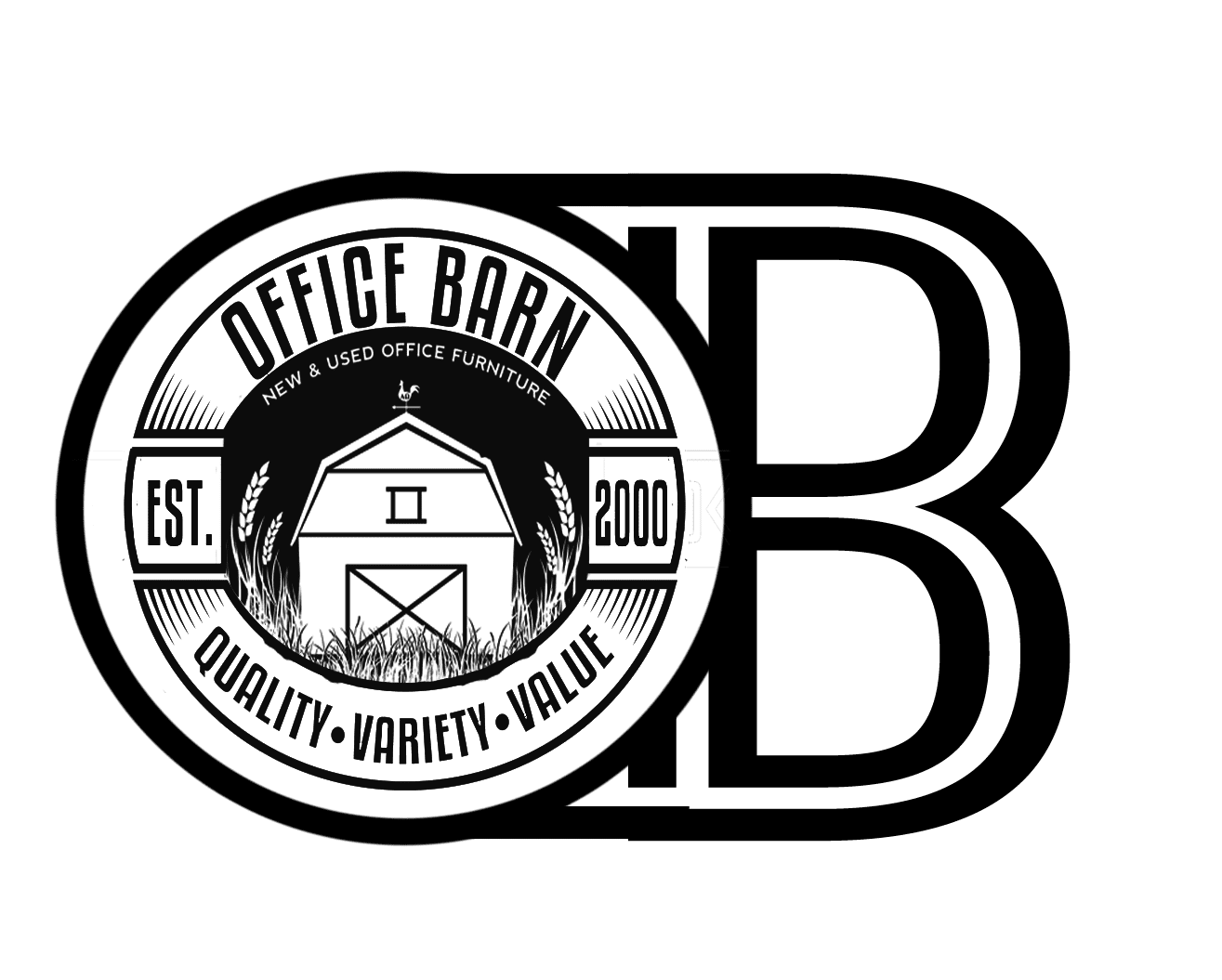New & Used Office Furniture Store Serving Waco, TX
Choose from thousands of in-stock items. And we’ll ship & assemble it for you—wherever you are.
Have questions? Call or text us at:

PROMPT DELIVERY. FULL ASSEMBLY. OPTIMAL SPACING.
HOURS
Mon.-Fri.: 7am-5pm
Sat.: 9am-4pm
SERVICE AREA
Our services extend throughout every part of Waco, TX (including the one you call ‘office’).
CONTACT
WHAT WE DO.
Office Barn is a full-service office furniture store focused on seriously helping Waco businesses improve.
So, “What exactly is a ‘full-service office furniture store?'” our customers often ask. We’re full-service in that selling new and used office furniture is just the beginning of what we do. If you ever find yourself in need of office furniture delivery and on-site assembly, moving / relocation services, or even office space planning, just call Office Barn. We major in all things office furniture and provide our full range of products and services to every part of Waco, including your office. In other words, we have you covered regardless of your office furniture needs, so consider this official; you can count on us.
OFFICE SPACE IS EXPENSIVE.
LET US PUT YOURS TO WORK FOR YOU.
A 2,300 sq. ft. office space in Waco, TX, costs about $1,899/mo. Waco offices are expensive. So, how do you create an office space that maximizes efficiency and pads the bottom line? There are probably other answers, but we’ll give you the right one: “Call us.”
* Averages according to CityFeet
NEW TO WACO?
Waco can be a complicated city if you’re moving there for the first time. We understand and we want to help your move be stress-free.
Below are links to some of our favorite places in Waco. We also included city data, in case you want to dive deeper into Waco. Enjoy!
COFFEE SHOPS
LUNCH SPOTS
ENTERTAINMENT
FINE DINING
CITY INFO
GETTING TO KNOW WACO
In the heart of Texas there used to be a thriving agricultural establishment populated by the Waco Indians. In 1830, these natives were ousted from their ancestral home by a group of Cherokee Indians. There was an attempt at a Texas Ranger outpost in 1837, but this first fort was abandoned after only a few months. The first few trickles of settlers arrived in the 1840s, and in 1848 General Thomas J. Chambers sold a seven mile grant of land including the bones of the old Waco village to John Sydnor of Galveston. The land was then split up and sold to settlers at a dollar an acre.
On March 1, 1849, George B. Erath, a ranger who had been posted at Waco previously, set the first block of the new town. Erath also saved Waco from the fate of the name ‘Lamartine’, insisting instead that, as a tribute to its first residents, the place be called Waco Village.
In 1850, Waco Village was selected as the county seat for McLennan County, and the first courthouse was built later that year.
In the next years, Waco gained two churches and a newspaper, the Waco Era. In 1856 Waco Village became the Town of Waco, and the population increased due to the growing cotton farming economy.
Because the population counted so heavily on cotton, it came as no surprise that when the Civil War erupted, Waco was very much in favor of the South. Military companies sympathizing with the Confederate side flew from Waco to fight against their brothers at Gettysburg and other battles of the bloody war. Six Confederate generals called Waco home.
After the war, Reconstruction wounded Waco’s economy and inspired many animosities between freed black men and Southern soldiers returning home. However, Waco recovered quickly, mainly thanks to the help of the Chisholm Trail.
From 1868 to 1871, cattlemen had driven almost 700,000 cattle through Waco. They often stopped in the town for replenishing their stores and for entertainment. This helped regenerate Waco’s economy.
Another key factor that helped Waco recover right after the Civil War was the completion of a suspension bridge over the Brazos River in 1870. The economy began to boom, and Waco became incorporated as the City of Waco.
The city grew larger at an average pace—until World War I. Waco was then used by the U.S. Military as the site for Camp MacArthur, which was devoted to training infantry. Between 1917 and 1919, Waco’s population was doubled by the soldiers and their families, and the economy roared prosperously as hotels housed the soldiers’ families.
Waco’s cotton industry was called into action again during World War II. It was named the armed forces’ leading manufacturer of cots, tents, mattresses, and barrack bags in 1942.
Although this helped Waco’s economy, the war and the jobs it opened created a housing shortage in Waco. In 1943 it was estimated that there were only four apartments available in the entire city. Despite this, Waco continued to grow, and after World War II things evened out somewhat.
Three wars have shaped Waco, and even today it still has a military influence in its culture. There are military bases and the Texas Ranger’s Hall of Fame and Museum is located in Waco. Waco’s thoroughly Texan history has woven itself into its businesses today. We’re ready to help Waco’s culture express itself in your office’s appearance.
See our resources here.
SHOP ONLINE.
You find it online. We deliver it on location.
We'll even set it up for you. It's that simple.



